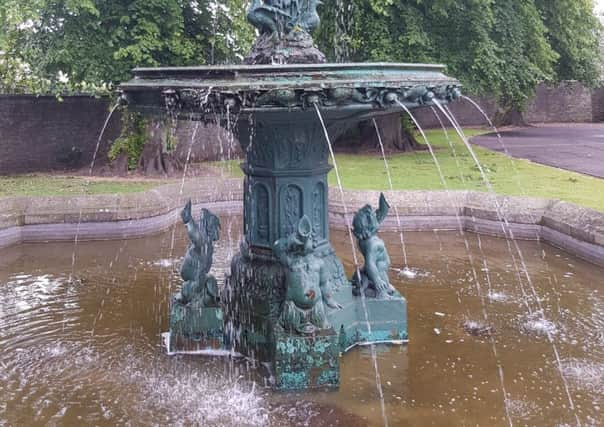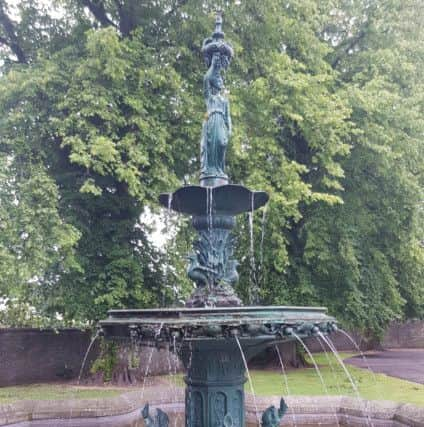More work required to repair Selkirk fountain


However, unlike the popular Italian structure, it’s likely some fairly costly engineering work will be required to save it from disaster.
While the town’s community council was successful in winning a £1,644.30 localities bid fund from the latest tranche of cash in order to strip and repaint the impressive fountain, the council’s chairman Alistair Pattullo admitted that it was going to need a lot more work, and a lot more money to do it.
Advertisement
Hide AdAdvertisement
Hide AdHe told councillors at Monday’s meeting: “Getting the funding was a great result for Selkirk.


“The money will go towards a programme for stripping it and painting it.
“However, I fear this will only be the beginning of the work that is required, as I have noticed that water is running out of it ... it looks off-centre.”
It is thought that tree roots could have conspired to have knocked the fountain off the vertical – and it does look as if it is leaning, when looking at it against the building across the road – and this has led to water pouring out from the large bowl in the middle when it is in operation.
The fountain had previously stood in the grounds of Philiphaugh House on the outskirts of the town.
It was donated to the Royal Burgh by the Murray family in around 1895 and is thought to be of French origin.
However, years of neglect led to the recent bid for funding to return it to its former glory.